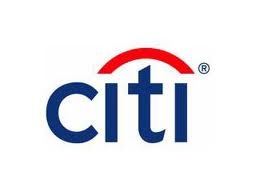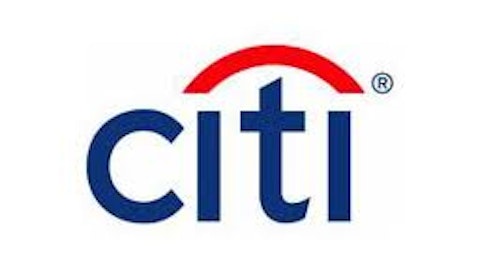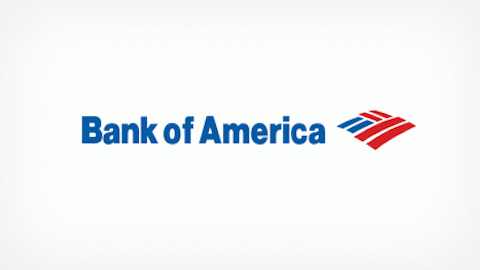This is slightly esoteric, but nevertheless extremely important for bank investors to understand.
At the end of 2010, the Basel Committee on Banking Supervision, an international consortium of banking regulators, finalized an updated set of guidelines for determining how much capital banks should be required to hold relative to the size of their balance sheets.
Prior to the updated regulatory scheme, the largest banks in the United States were obligated to maintain a Tier 1 common capital ratio of 5% (relative to risk-weighted assets) under the Federal Reserve’s Comprehensive Capital Analysis and Review, or “CCAR” — the formal process used by the central bank to ensure that large bank holding companies have adequate capital and capital-management procedures in place.

Here’s how the latter so-called “SIFI buffer” plays out for the largest U.S. banks:
| Bank Holding Company | SIFI Buffer | Tier 1 Capital Requirement |
|---|---|---|
| Citigroup Inc. (NYSE:C) | 2.5% | 9.5% |
| JPMorgan Chase & Co. (NYSE:JPM) | 2.5% | 9.5% |
| Bank of America Corp (NYSE:BAC) | 1.5% | 8.5% |
| Bank of New York Mellon | 1.5% | 8.5% |
| Goldman Sachs (NYSE:GS) | 1.5% | 8.5% |
| Morgan Stanley | 1.5% | 8.5% |
| State Street | 1% | 8% |
| Wells Fargo & Co (NYSE:WFC) | 1% | 8% |
Source: Financial Stability Board’s “Update of group of global systematically important banks.”
As you can see, while global banks like Citigroup Inc. (NYSE:C) and JPMorgan Chase & Co. (NYSE:JPM) were previously obligated to hold 5% in Tier 1 common capital relative to risk-weighted assets, they must now hold 9.5%, or nearly twice the previous amount. And even primarily domestic operations like B of A and Wells Fargo see their rates ratchet up by 1.5% and 1%, respectively. To make matters worse (at least from a bank’s perspective) the Basel Committee made the risk-weighting of assets a more exclusive process. The net effect is to increase the denominator in the capital equation, which puts downward pressure on the quotient — that is, the ratio itself. Taken together, banks will be much more limited in terms of leverage going forward.
To make this easier to visualize, I created the following chart, which compares how much Tier 1 common capital B of A is obligated to hold under the current rules relative to how much it holds under the Basel III guidelines.

Source: Bank of America’s 2012 10-K, page 73.
Under the current regulatory scheme, known as “Basel I,” the nation’s second largest bank by assets is obligated to hold a minimum of $60 billion in Tier 1 common capital — this largely consists of common stock and retained earnings. As a result, B of A currently holds $73 billion more than is required. Under the new scheme, however, it’s required to hold $118 billion in Tier 1 common capital, leaving the bank with only $10 billion in excess reserves.
While this may seem academic, think about that for a second. We’re talking about a nearly twofold increase in capital, amounting to a staggering $58 billion. That’s a little over $5 a share for a bank that trades at roughly $12 a share today. In one fell swoop, moreover, B of A’s $73 billion capital cushion gets eviscerated, cut down to a comparatively paltry $10 billion.
The article Chart: Why Basel III Matters originally appeared on Fool.com.
John Maxfield owns shares of Bank of America. The Motley Fool recommends Goldman Sachs and Wells Fargo. The Motley Fool owns shares of Bank of America, Citigroup, JPMorgan Chase, and Wells Fargo.
Copyright © 1995 – 2013 The Motley Fool, LLC. All rights reserved. The Motley Fool has a disclosure policy.




